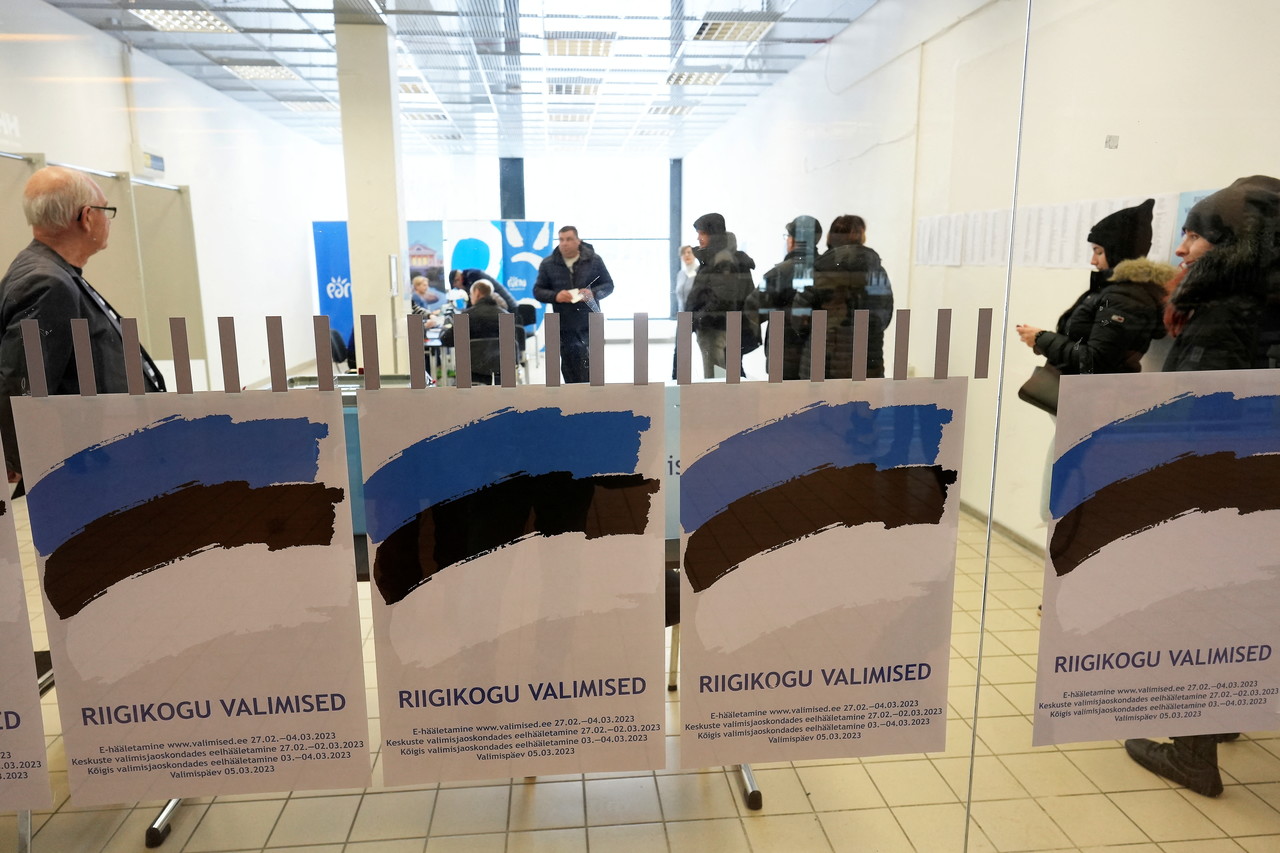Parliamentary Elections in Estonia Confirm Reform Party Rule
Elections to the unicameral Estonian parliament, the Riigikogu, on 5 March were won by the Reform Party, the largest of the governments so far, which will probably form a coalition with the liberal Eesti 200 and the Social Democratic Party (SDE). Its success was determined by high activity in support of Ukraine after the Russian aggression. The new government will maintain this approach and will further strengthen transatlantic and regional cooperation, especially in the field of security.
 INTS KALNINS / Reuters / Forum
INTS KALNINS / Reuters / Forum
What were the results of the Riigikogu elections?
There will be six parties in parliament. The elections were won by the centre-right Reform Party, gaining over 31% of the vote and 37 seats (three more than four years ago) in the 101-seat parliament. Since Estonia regained its independence, no party has won as much support on its own, and no one has individually won as many votes as Prime Minister Kallas (32,000). The far-right and populist Estonian Conservative People’s Party (EKRE) received 16% of the vote and retained 17 of its previous 19 seats. The Estonian Centre Party, with 15% support, lost as many as 10 out of its 24 seats. The socially liberal and progressive Eesti 200 will make its debut in the Riigikogu with 13% of the votes and 14 seats. The SDE and the centre-right Isamaa (Fatherland), which are part of the current coalition, fared worse than the previous election, receiving 9% and 8%, respectively, but keeping its seats in the parliament.
How did the war in Ukraine affect the political scene in Estonia?
Before Russia’s invasion of Ukraine a year ago, the four most popular parties were nearly matched in their support at 19-22%. The popularity of the co-ruling Reform Party had fallen by about 10% since 2021. However, it rebuilt it within a few weeks of the outbreak of the war and then maintained it until the elections, thanks to its firm attitude towards Russia’s aggression and its support for Ukraine. At the same time, the then extra-parliamentary Eesti 200, which in 2021 gained popularity thanks to its liberal approach to the social integration of the Russian-speaking minority, dropped back to about 10% after the war broke out. It partially regained support up to the election, mainly with socially liberal and progressive slogans intended to help the rapid recovery of the Estonian economy. ERKE and the Centre Party recorded smaller drops in popularity right after the war began, while support for the SDE and the Isamaa party did not change.
Who can form a new government?
The Reform Party will form a new cabinet, probably with Eesti 200 and SDE. Prime Minister Kallas announced the first talks after the election for a coalition with this composition. At the same time, due to the ongoing war in Ukraine, Estonian President Alar Karis called on political leaders to quickly form a new cabinet to ensure the continuity of governance. While these potential coalition partners agree on foreign policy, it may prove difficult to reach consensus on such internal issues as the final shape of the state budget, including liberal changes in the tax system, the final shape of education policy, energy crisis management, and the legalisation of same-sex marriages. At the same time, a resumption of the current coalition of the Reform Party together with the Isamaa and SDE parties cannot be ruled out. It is unlikely that a cabinet with the opposition Centre Party will be formed or a minority government led by Kallas.
What will Estonia’s foreign policy look like after the elections?
On the Estonian political scene, there is consensus on the key directions of foreign policy, including tightening transatlantic cooperation and European integration, and strengthening the state’s security. The new government will maintain these priorities and continue to strongly support Ukraine (also militarily), being the leader in terms of the percentage of GDP allocated to this purpose (1.1%). Estonia will increase defence funding to 3% in 2023 (in 2022 it was 2.35% of GDP) and announced the expansion of its own defence capabilities. In addition, the role of the U.S. as a strategic partner will increase and the pro-American course will translate into, for example, a policy of distancing Estonia from China, also on the EU forum.
How will the elections affect cooperation with Poland and the Baltic region?
The new government with the Reform Party will continue to strengthen security efforts, including in the B3+1 format. This means closer cooperation also with Poland, which can be achieved by the Riga declaration signed in February this year on deepening cooperation between Estonia, Latvia, Lithuania, and Poland at the ministerial level. For Estonia, the Baltic Sea region will be even more important, as it will play an increasingly important role in strengthening the Eastern Flank in view of the accession of Finland and Sweden to NATO, strongly supported by Estonia. At the same time, the importance of multidimensional cooperation with the Nordic countries will increase, also for the protection of the Baltic climate and green technologies in the region.


